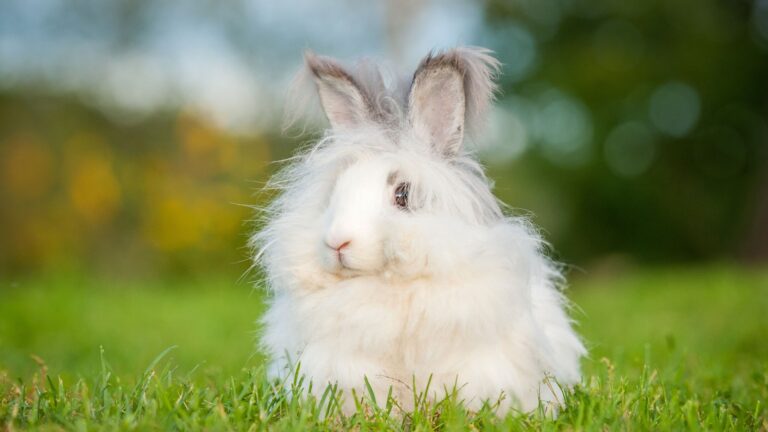17 Amazing Monkey Facts You Won’t Believe
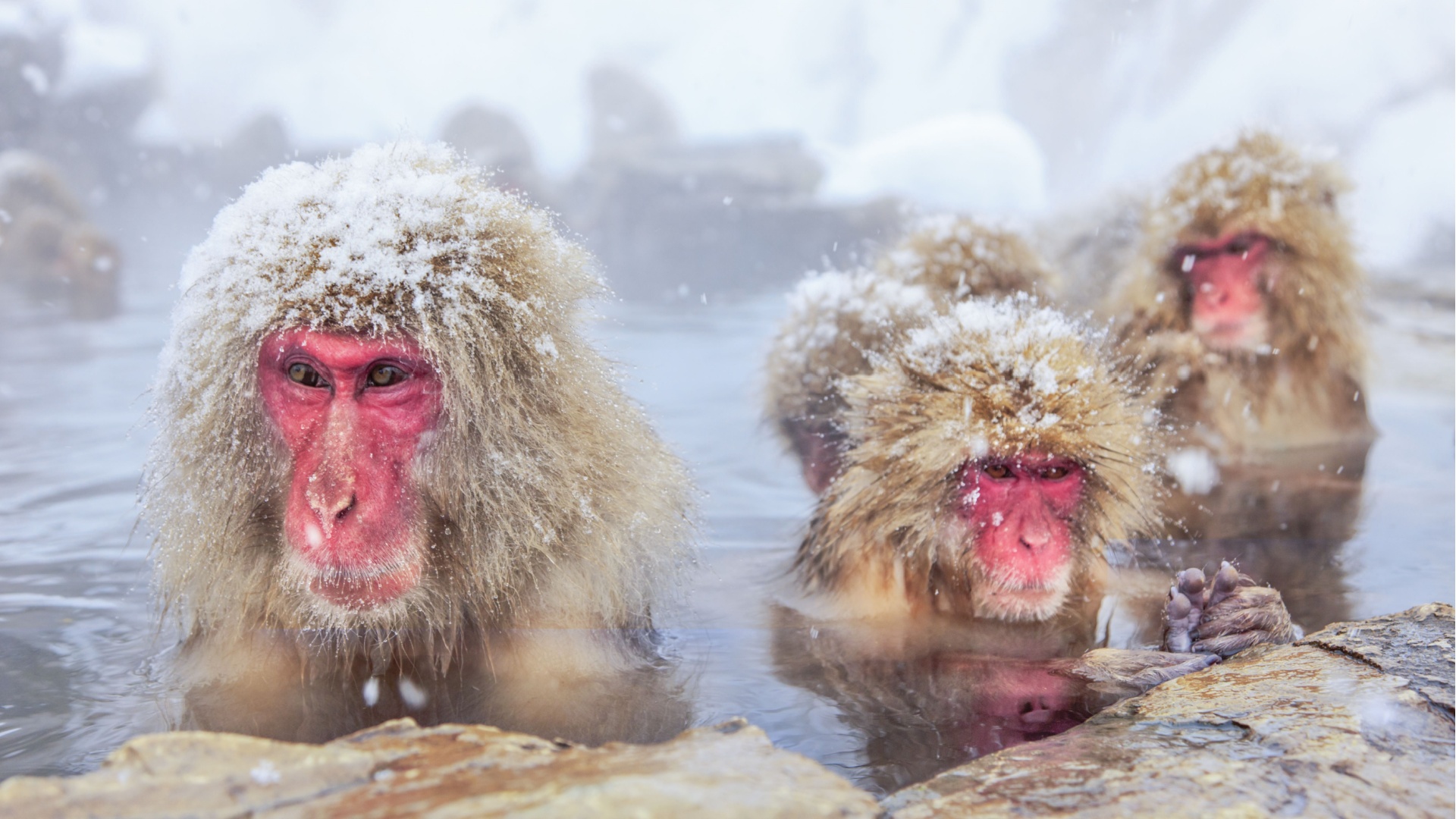
Monkeys are captivating creatures with a wide array of intriguing traits and behaviors. From their unparalleled intelligence to their social structures, monkeys have continued to fascinate scientists and nature enthusiasts alike.
Take a look at some unbelievable facts about these fascinating primates. So, prepare to be amazed as we uncover the wonders of the monkey world!
1. Monkeys Use Tools
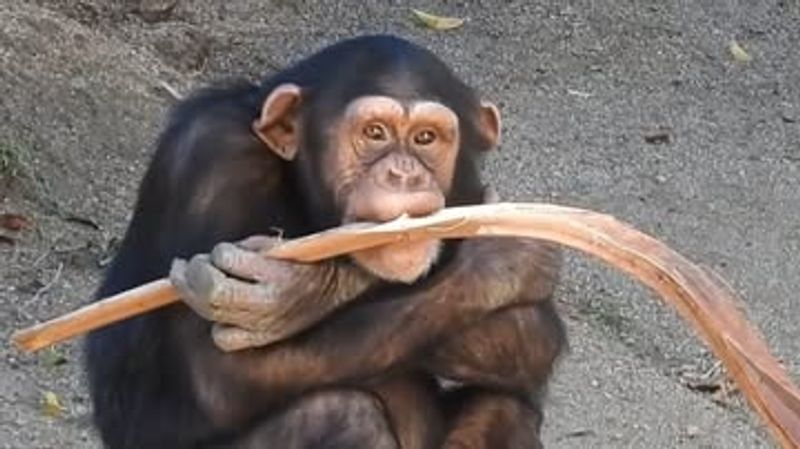
Monkeys are known for their remarkable intelligence, and one of the ways they demonstrate this is through tool use.
In various regions, monkeys have been observed using sticks to fish for termites or to crack open nuts. These clever creatures understand their environment and can manipulate objects to achieve specific goals.
This behavior underscores their cognitive abilities and highlights the complexity of their thought processes.
2. Monkeys Have Complex Social Structures
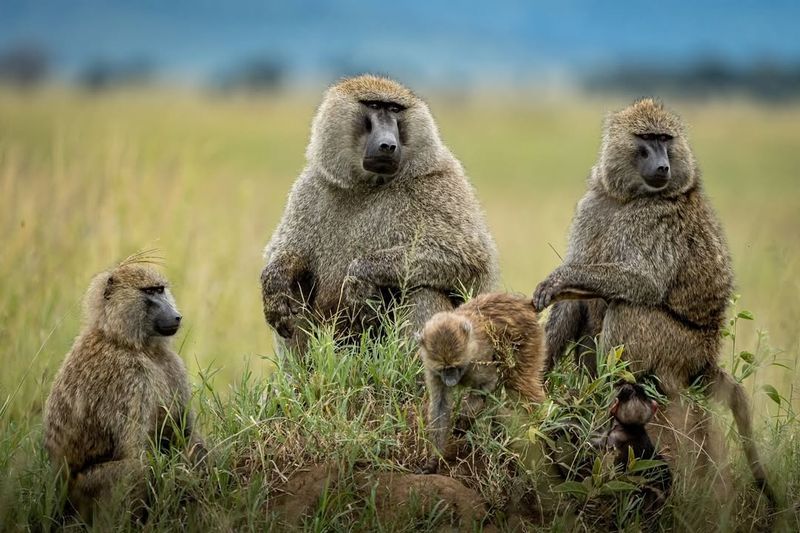
Monkeys’ social structures are incredibly intricate, often resembling those of human societies. They live in troops with clear hierarchies and roles.
Grooming plays a crucial role in maintaining social bonds, while vocalizations and body language facilitate communication. Understanding these social dynamics provides insight into the evolution of complex social behavior in primates, including humans.
Observing monkeys in their natural habitat reveals the depth of their social interactions and relationships.
3. Monkeys Can Recognize Themselves
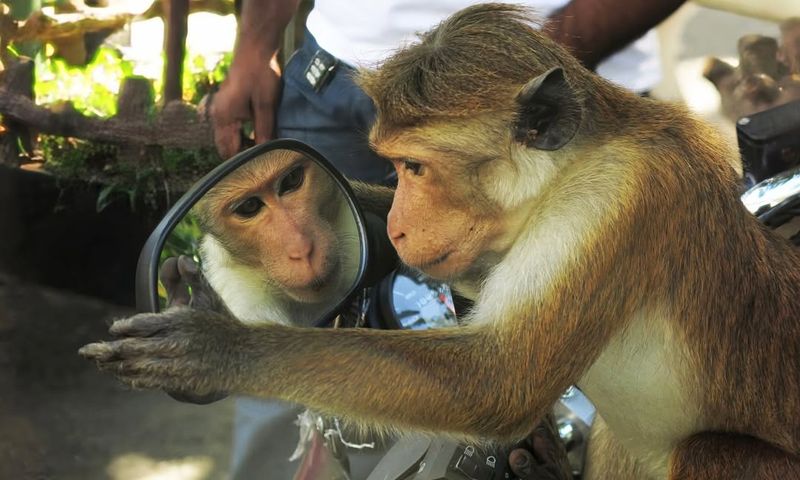
Self-awareness is a trait often associated with higher intelligence, and some monkeys possess this ability.
Certain species have passed the mirror test, recognizing themselves in reflections. This capability indicates a level of consciousness and cognitive complexity.
Such findings contribute to our understanding of animal cognition and the evolutionary roots of self-awareness. Observing a monkey’s reaction to its own reflection can be both entertaining and enlightening.
4. Some Monkeys Have Opposable Thumbs
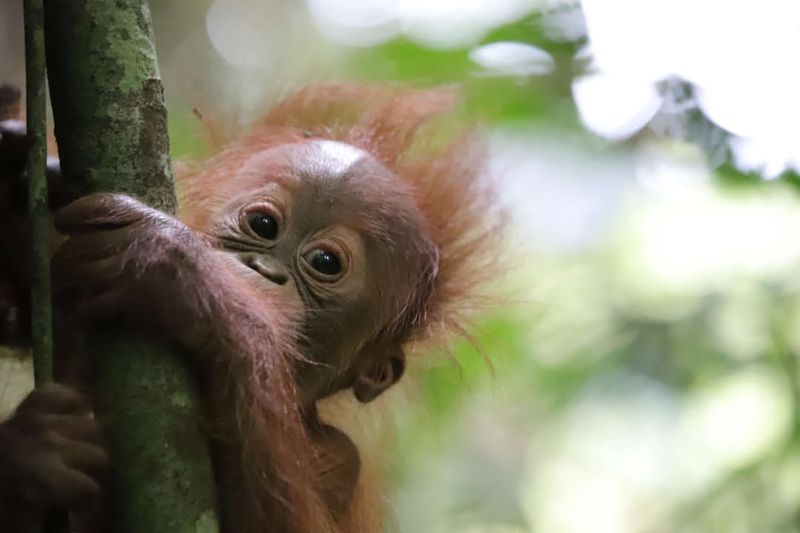
Opposable thumbs are not exclusive to humans; many monkeys have them too. This anatomical feature allows them to grasp objects, climb, and manipulate their environment with precision.
The presence of opposable thumbs in monkeys showcases the evolutionary adaptations that facilitate their survival in diverse habitats. These thumbs are essential for daily activities and contribute to their remarkable agility and dexterity.
5. Monkeys Exhibit Altruistic Behavior
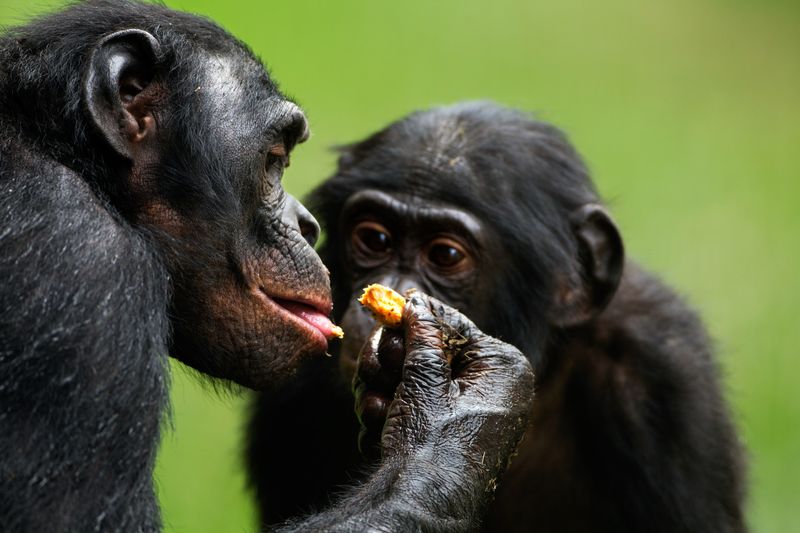
Altruistic behavior is not limited to humans; monkeys often display acts of kindness and cooperation.
Whether it’s sharing food or grooming, these actions strengthen social bonds and promote group cohesion. Such behavior reflects empathy and understanding within monkey communities.
Studying these interactions offers valuable insights into the social and emotional intelligence of primates, shedding light on the evolutionary origins of altruism.
6. Some Monkeys Have Unique Vocalizations
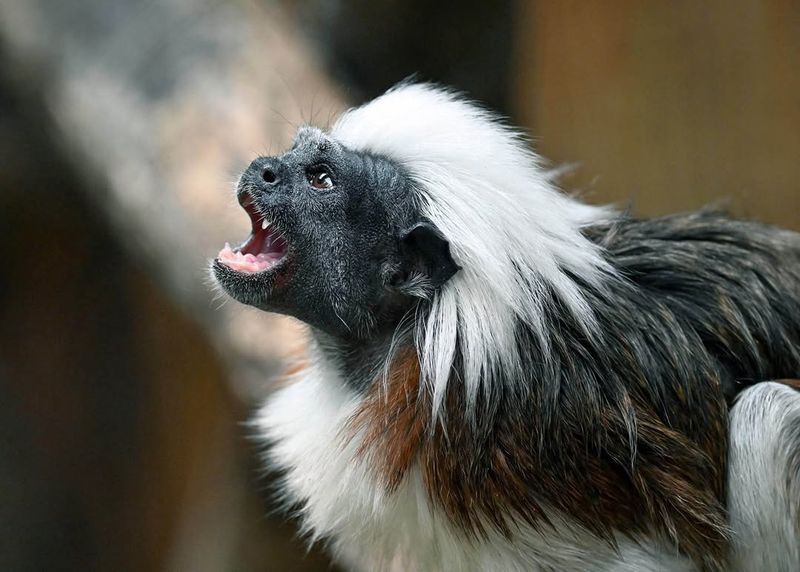
Monkeys are not just chatterboxes; their vocalizations are unique and serve various purposes. Different species have distinct calls that convey information about food, danger, or social status.
These vocalizations are complex and can include a range of pitches and tones. By studying monkey calls, researchers can gain insights into the evolution of communication and language.
Listening to a monkey’s call is like hearing nature’s symphony.
7. Monkeys Have Diverse Diets
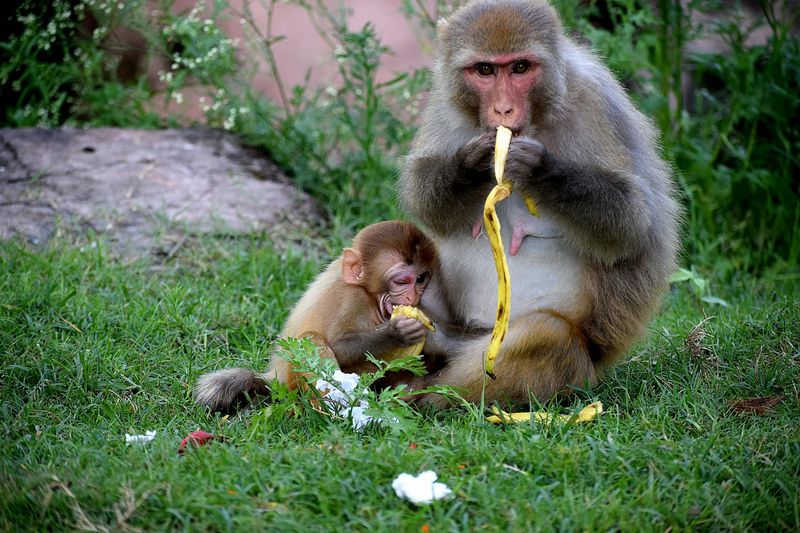
Monkeys are omnivores, and their diets can be surprisingly diverse. Depending on the species and habitat, they may consume fruits, leaves, insects, and even small animals.
This dietary flexibility allows them to thrive in various environments, from tropical forests to savannas. Understanding their feeding habits provides insights into their ecological roles and the balance of ecosystems.
Observing monkeys foraging is a testament to their adaptability.
8. Monkeys Can Use Sign Language
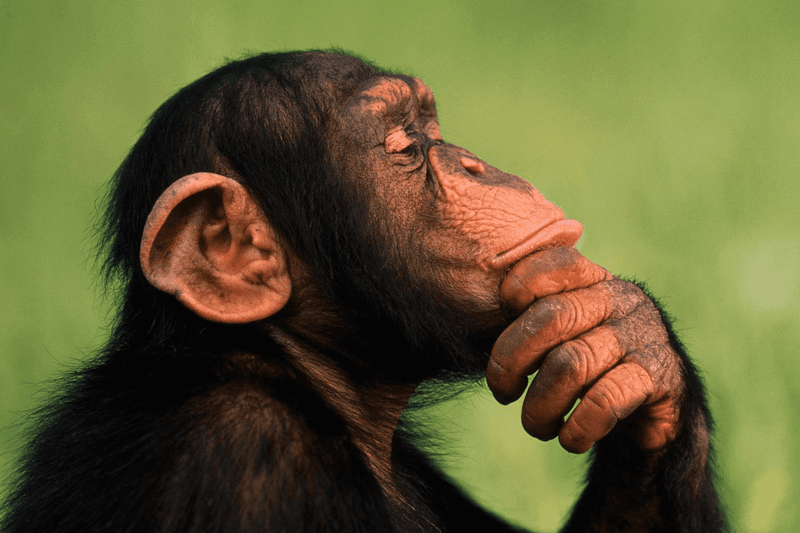
Some monkeys have been taught to use sign language, bridging the communication gap between humans and animals. This ability highlights their intelligence and capacity for learning complex tasks.
By using signs, monkeys can express needs, emotions, and thoughts, providing a window into their minds. Such interactions foster a deeper understanding of primate cognition and the potential for interspecies communication.
Witnessing a monkey signing is both fascinating and thought-provoking.
9. Monkeys Are Skilled Problem Solvers
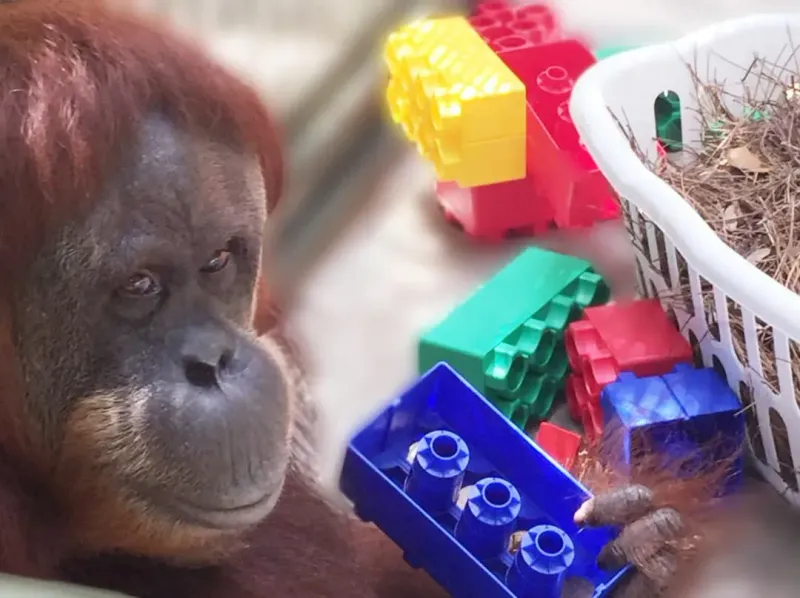
The problem-solving abilities of monkeys are nothing short of impressive. Faced with challenges, they show remarkable ingenuity and persistence.
Whether it’s navigating obstacles or figuring out how to obtain food, their cognitive skills are on full display. These problem-solving feats provide insight into the evolutionary development of intelligence.
Observing a monkey tackling a puzzle is a testament to their adaptability and resourcefulness.
10. Monkeys Have Unique Facial Expressions
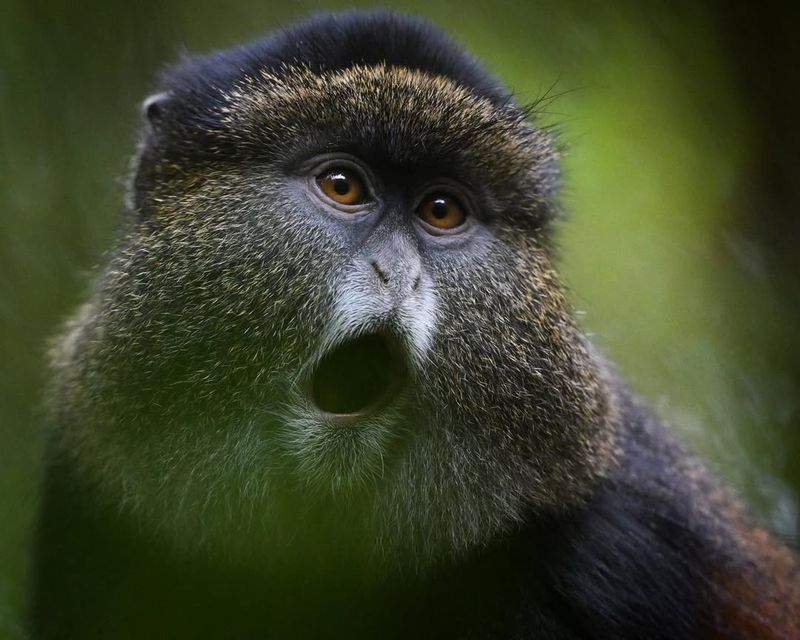
Facial expressions are a key aspect of monkey communication, revealing emotions and intentions. From playful grins to aggressive displays, these expressions convey important social cues.
Understanding these facial signals helps researchers study social dynamics and emotional intelligence in primates.
The ability to read a monkey’s face opens a window into their inner world and enhances our appreciation of their complex behaviors.
11. Monkeys Can Understand Fairness
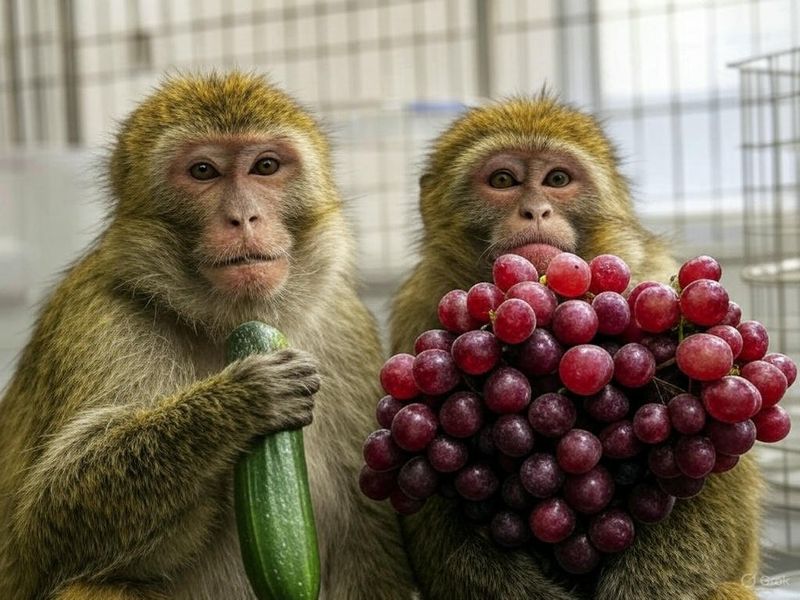
Fairness is a concept not exclusive to humans; monkeys also understand and respond to equitable treatment.
Experiments have shown that monkeys can differentiate between fair and unfair scenarios, reacting accordingly. This sense of fairness is linked to their social structures and cooperative behaviors.
Studying these reactions offers insights into the evolution of moral behavior and social justice, highlighting the cognitive complexity of monkeys.
12. Some Monkeys Live In Harsh Climates
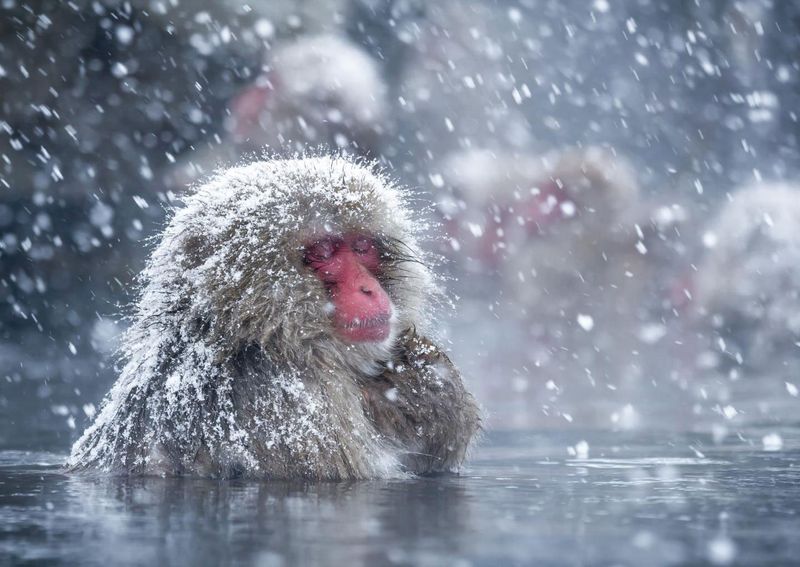
While many monkeys are associated with tropical forests, some species thrive in harsh climates. From the snowy mountains inhabited by Japanese macaques to the arid landscapes of Africa, these monkeys exhibit incredible adaptability.
Their survival in extreme environments showcases their resilience and evolutionary success. These monkeys’ ability to endure such conditions is a testament to their tenacity and resourcefulness.
13. Monkeys Can Form Strong Friendships
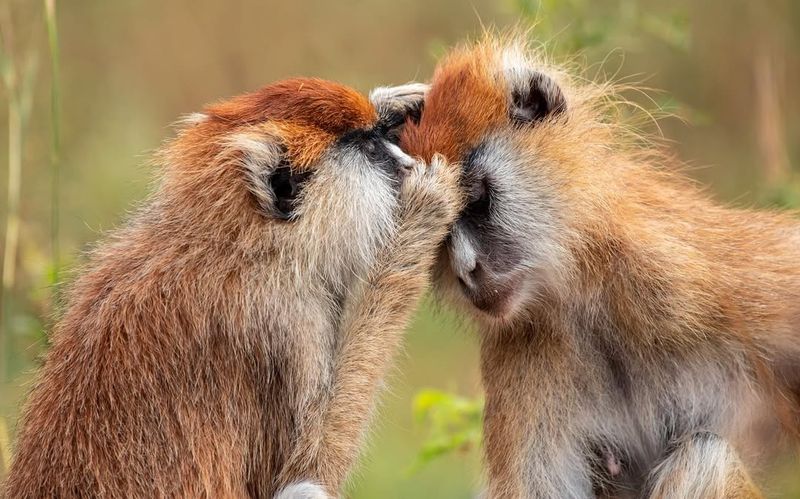
Friendship among monkeys is genuine and powerful, often lasting a lifetime. These bonds are formed through activities like grooming, playing, and sharing resources.
Such relationships enhance social cohesion and provide emotional support. Studying these friendships offers insights into the social lives of primates and the evolutionary roots of human companionship.
Observing a monkey friendship is heartwarming and a reminder of the importance of connections.
14. Monkeys Can Swim
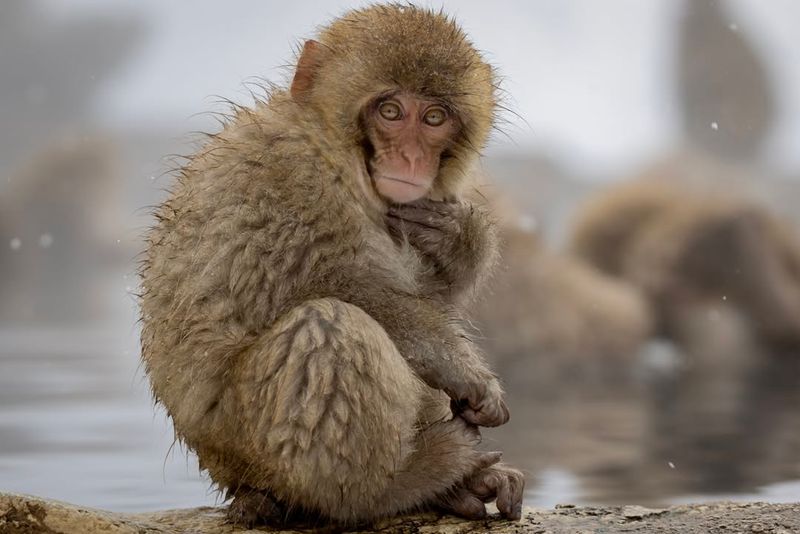
Not all monkeys are afraid of water; some species are excellent swimmers. They use swimming as a means to navigate their environment or escape predators.
This ability is not only practical but also highlights their versatility and adaptability.
Understanding how monkeys use swimming in their daily lives provides insights into their behavior and ecological niches. Watching a monkey swim is both surprising and delightful.
15. Monkeys Have Color Vision
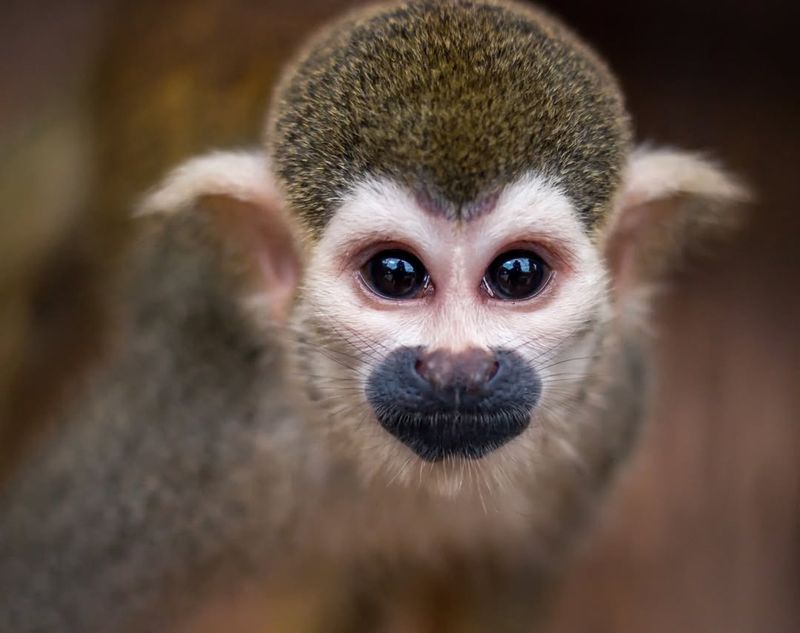
Unlike many other mammals, monkeys have color vision, allowing them to perceive a vibrant world. This ability aids in tasks like finding ripe fruits or identifying signals from other monkeys.
Their color vision is comparable to that of humans and plays a vital role in their survival and social interactions.
Understanding how monkeys see the world enriches our appreciation of their sensory experiences and ecological adaptations.
16. Monkeys Can Engage In Play
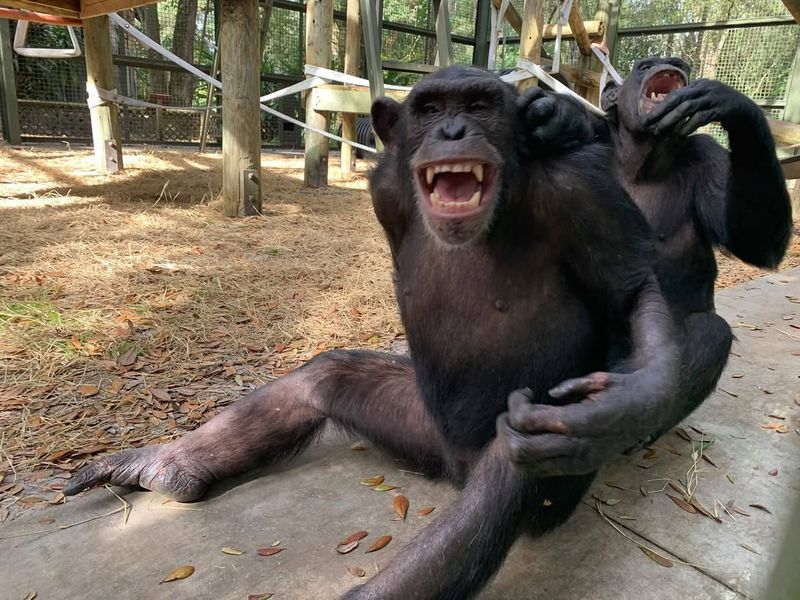
Play is a fundamental aspect of monkey life, contributing to their development and socialization.
Through play, young monkeys learn essential skills, such as coordination and social rules. This behavior fosters creativity and strengthens social bonds within their groups.
Observing monkeys at play offers a joyful glimpse into their world and underscores the importance of play in both animal and human societies.
17. Monkeys Have Unique Grooming Rituals
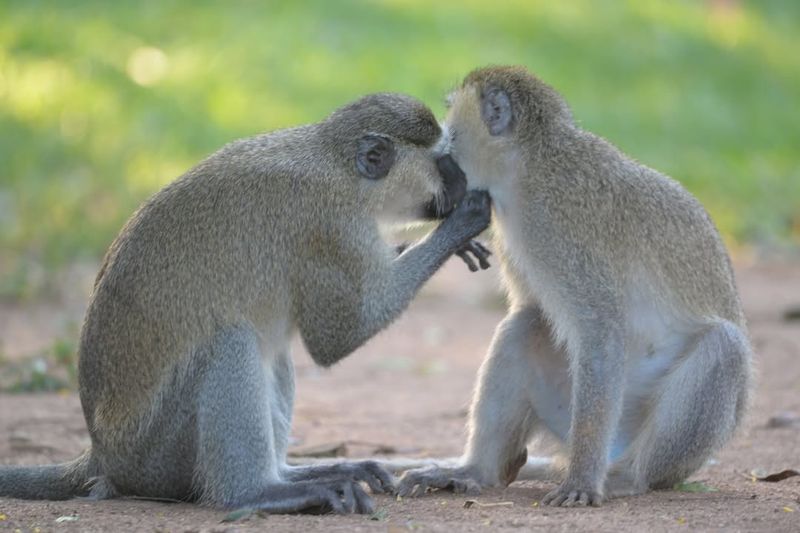
Grooming is more than just hygiene for monkeys; it’s a social activity that strengthens bonds and establishes hierarchies.
This ritual is vital for maintaining group harmony and building relationships. Through grooming, monkeys communicate trust and affection, creating a cohesive social structure.
Observing these grooming rituals provides insight into primate social systems and the evolutionary significance of social grooming.


